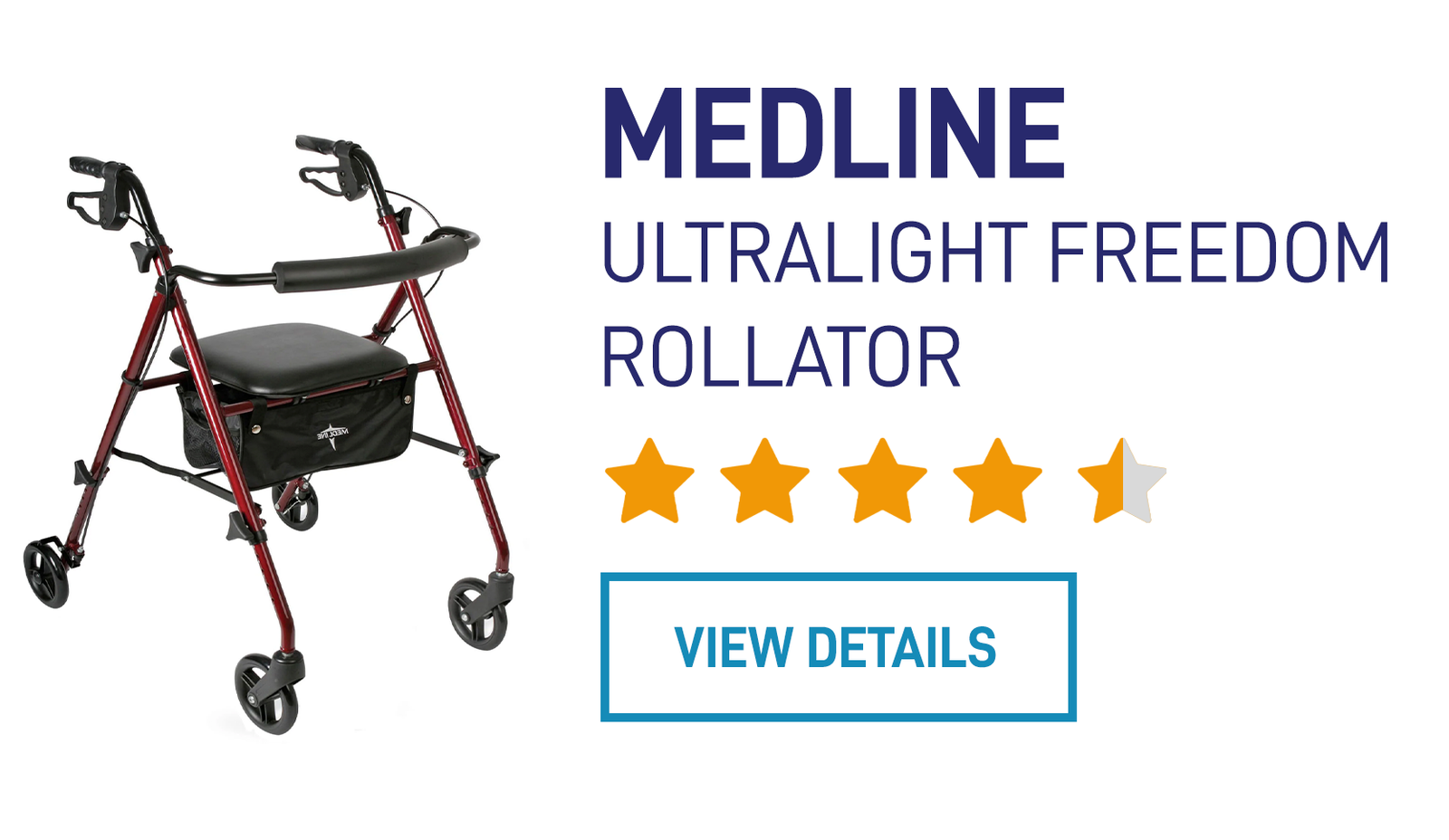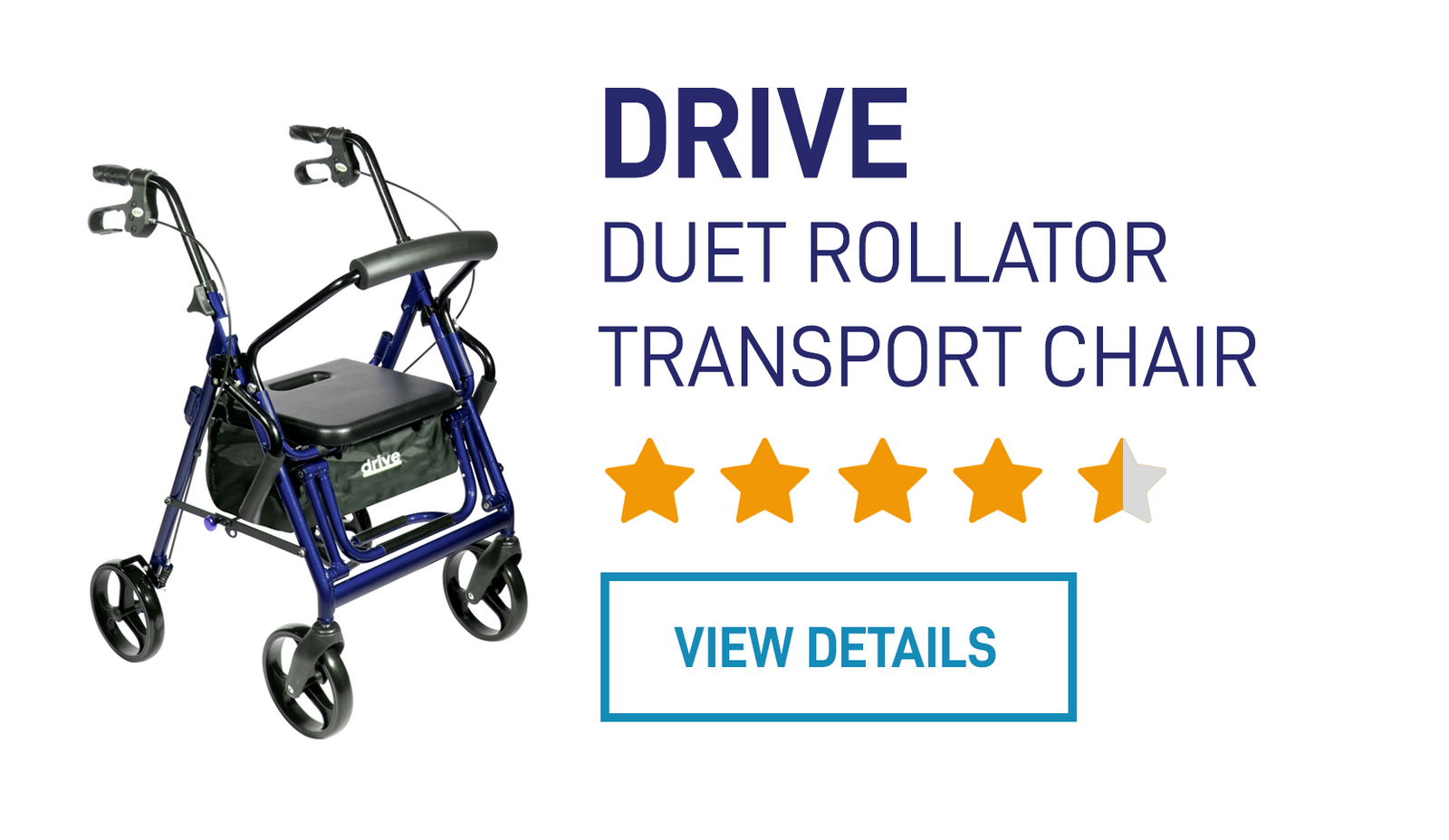Your Cart is Empty
Free Shipping on all orders $99.00 or more.
Menu

Free Shipping on all orders $99.00 or more.
ROLLATORS
Walkers
Crutches & Canes
Transport & Wheelchairs
Accessories & Parts
Regaining Mobility After a Stroke
March 27, 2013 2 min read
Every 40 seconds someone in the US has a stroke. That’s over 795,000 strokes each year.
Most of these people will need assistance walking after the stroke, but through physical therapy many will regain their mobility. Each individual is different and will need to discuss with their doctor the best path for them, but treatment options include—
1. Stretching
Many people experience spasticity, the tightening and stiffening of their muscles, after a stroke. Spasticity mainly affects the arms, legs and fingers and makes them harder to stretch. But through gentle stretching of tight muscles, frequent repositioning of the body, and if possible full range-of-motion exercises patients can slowly untighten their muscles.
2. Forced Use
Another strategy is forced use. Let’s say a patient has trouble using one of their arms after a stroke. Their physical therapist might put their “good” arm in a sling so they’re forced to use the “bad” arm repeatedly. Over time, this strategy can result in huge improvements.
3. Mobility Aids
Depending on one’s age and the severity of their stroke, they may need a brace, cane, rollator, walker, wheelchair or combination of devices to get around. But if they’re able to stay active through the help of an aid, they will regain their mobility much sooner.
4. Injections
Doctors may prescribe a nerve block injection to block the chemicals making certain muscles or groups of muscles tight. This is not a permanent cure, just another ongoing treatment option. Some patients may experience negative side effects.
5. Surgery
In severe cases surgery may be needed to undo spasticity. Surgeons can operate on the brain, the root of the problem, or directly on the muscles themselves.
Subscribe
Sign up to get the latest on sales, new releases and more …
{"themeColor":"#5273b8","iconColor":"#5273b8","showLogo":true,"topBottomPosition":0,"rightLeftPosition":0,"iconSize":"large","iconCustomSize":60,"position":"middle-right"}



